Inks
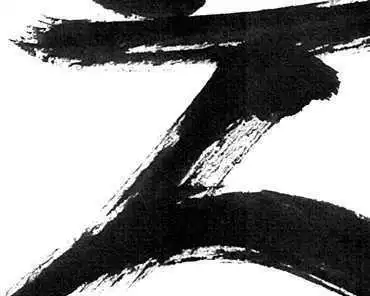
Ink brush paintings by Stefan Stenudd
Black and white: Ink on Paper
Before getting acquainted with the Japanese Martial and other arts, my use of ink was solely in a pen of one sort or other. With the brush, it's quite different, indeed.
I wanted to use the Eastern way with the ink brush, but with a Western eye. The clash of those two very different art worlds might give birth to a third. If not, it's still some roller coaster ride.
Stefan Stenudd
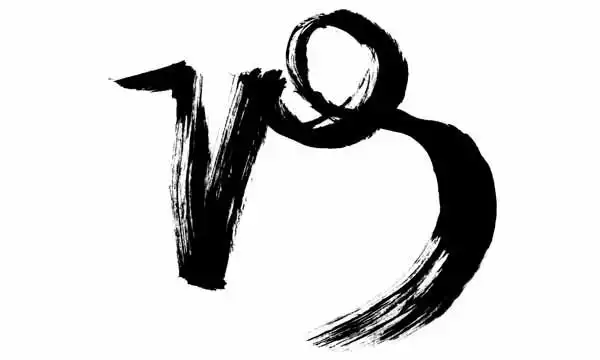
Zodiac sign inks
In addition to the below inks, I have made ink calligraphies of the Zodiac sign symbols (glyphs), which have been spread over the web. Click the header to have a look at them.
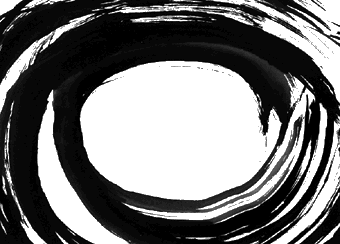
Eye
Ink and brush, 1990s.
Just when you thought that I gave up painting somewhere in a past decade, I give you recent works. Yes, sometimes I find the time to make pictures — and I promise you, I will not be pleased unless such time will increase in the future. The future, though, has a tendency never to appear... So wish me luck.
Once again, we can hardly start with anything but the organ in focus. Here is an exhibition of inks made with brush, in a manner that is inspired by the Chinese and Japanese art forms — ink painting as well as calligraphy.
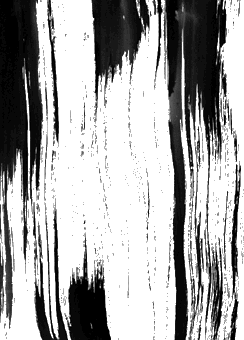
Texture
Ink and brush, 1990s.
There is something very attractive in the dramatic way the ink conquers the white paper, and the brush puts such life to the lines that one does, as an artist, only have to be present for things to start happening. Very present indeed, though.
Most of these works could be called abstract, although there are often real objects or shapes that they have as sort of starting points. Not this one, though.
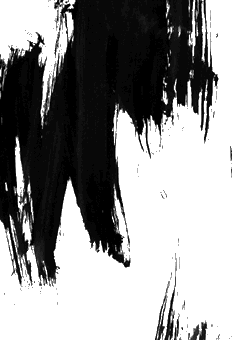
Texture
Ink and brush, 1990s.
Nor this one. They were both, and many others as well, painted inside a frame, so the sharply cut edges of the pictures were intentional from the beginning — although these details have been additionally cropped.
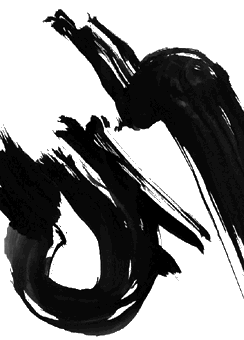
Shape
Ink and brush, 1990s.
I do not find the difference between a texture and a shape that very distinct, always. Especially with the ink and brush, they seem to be at least next door neighbours, not to say siamese twins.
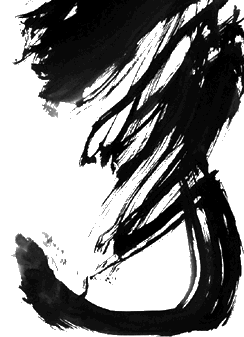
Shape
Ink and brush, 1990s.
The shape is growing out of a texture, or the other way around. In not so few cases, these inks come pretty close to Rorschach tests, where the imagination — and preferences — of the spectator decide what is to be seen. So, what do you see... really?
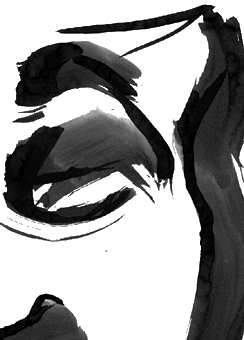
Shape
Ink and brush, 1990s.
And here, what do you see? In this ink I allow water to dilute the black into gray — not traditionally done in calligraphy, but usually in figurative painting. The shades of gray are so numerous, they do not appear lacking of colors.
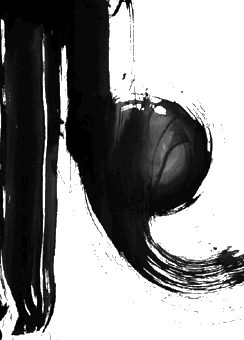
Shape
Ink and brush, 1990s.
The gray suddenly gives the ink a body, even warmth. It should be used with care, though, not to pollute the fresh meeting of black and white, that remains the most spectacular talent of the ink.
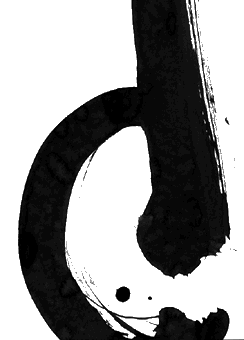
First of three
Ink and brush, 1990s.
This is the first of a trio, where the same shape is interpreted again and again, in a manner that comes very close to the ideas of Chinese and Japanese art — both in figurative painting and in calligraphy. The repetition of a form through the emotion of the very moment. Here and now.
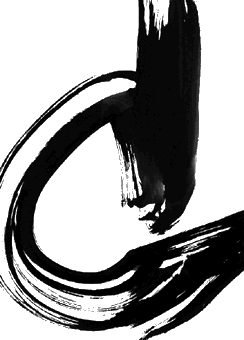
Second
Ink and brush, 1990s.
Here is the second variation. The hand makes just about the same move, but since a moment is never identical to another moment, things come out differently.
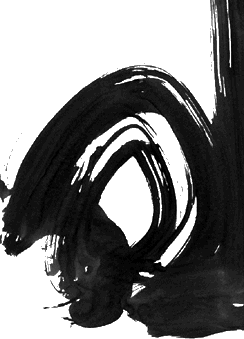
Third
Ink and brush, 1990s.
And here is the third. Of course, I have made several more — of this shape and others — but I dare not tempt your patience any further. In case you wonder what object this shape might stem from, well — again, it is up to your own imagination, so I hope it is intriguing.
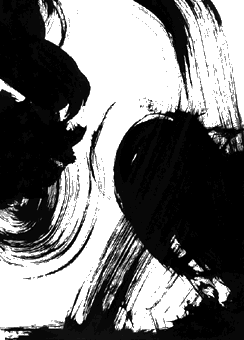
Semi texture
Ink and brush, 1990s.
We return, momentarily, from shapes to textures — or towards, in this case. This must be regarded as something in between.
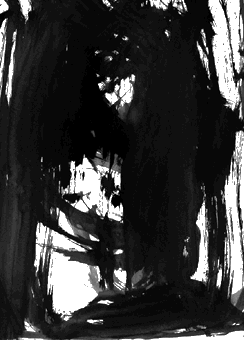
Landscape
Ink and brush, 1990s.
Here, the texture forms a sort of landscape, perhaps a jungle. What is hiding in those shadows?
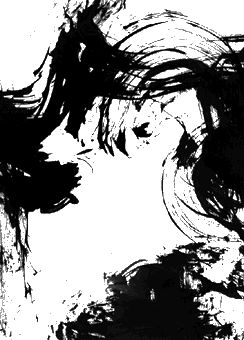
Whirl
Ink and brush, 1990s.
A raving sea, a wind whipping around the clouds? Bushes brushed aside to clear the entrance into an open field? Clothes being hastily thrown off bodies in a dance around a huge camp fire? Words whispered in gossip, more for fun than meaning any harm?
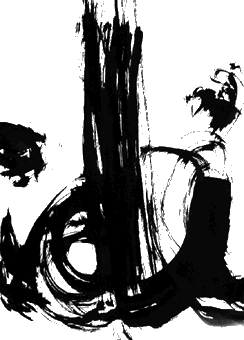
Idea
Ink and brush, 1990s.
Now, we have reached the end of this exhibition. This ink is playing in the line of calligraphy, where I have written the word "idé", Swedish for "idea", in a way that is similar to how Chinese and Japanese calligraphy is done. I have, of course, also done some
shodo, japanese calligraphy, with letters of that culture, but that will have to be presented in another exhibition. I hope you enjoyed this one. Come back soon.
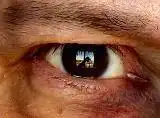
ART
My Other Websites
Myths in general and myths of creation in particular.
The wisdom of Taoism and the
Tao Te Ching, its ancient source.
An encyclopedia of life energy concepts around the world.
Qi (also spelled
chi or
ki) explained, with exercises to increase it.
The ancient Chinese system of divination and free online reading.
Tarot card meanings in divination and a free online spread.
The complete horoscope chart and how to read it.

Stefan Stenudd
About me
I'm a Swedish author of fiction and non-fiction books in both English and Swedish. I'm also an artist, a historian of ideas, and a 7 dan Aikikai Shihan aikido instructor. Click the header to read my full bio.

















